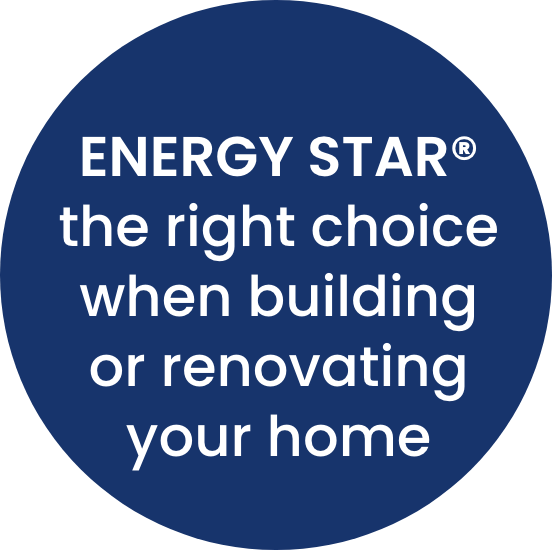We all need to do our part for a sustainable future

Reducing the impact of climate change through our actions as consumers has become a critical issue. There’s a social responsibility for us as individuals and companies to do the best for our planet – let’s all do our part.
At Columbia we are committed to this mission and have allocated resources to fulfilling the goal – across our research and development, manufacturing processes, and use of parts and materials.
We recycle all waste aluminum, glass, acrylic, corrugated cardboard and PVC, and employ sustainable practices throughout our manufacturing process, plant and warehouses.

 The ENERGY STAR was created by the US government in 1992 to promote energy efficiency, providing simple, credible, and unbiased information that consumers and businesses rely on to make well-informed decisions.
The ENERGY STAR was created by the US government in 1992 to promote energy efficiency, providing simple, credible, and unbiased information that consumers and businesses rely on to make well-informed decisions.




















